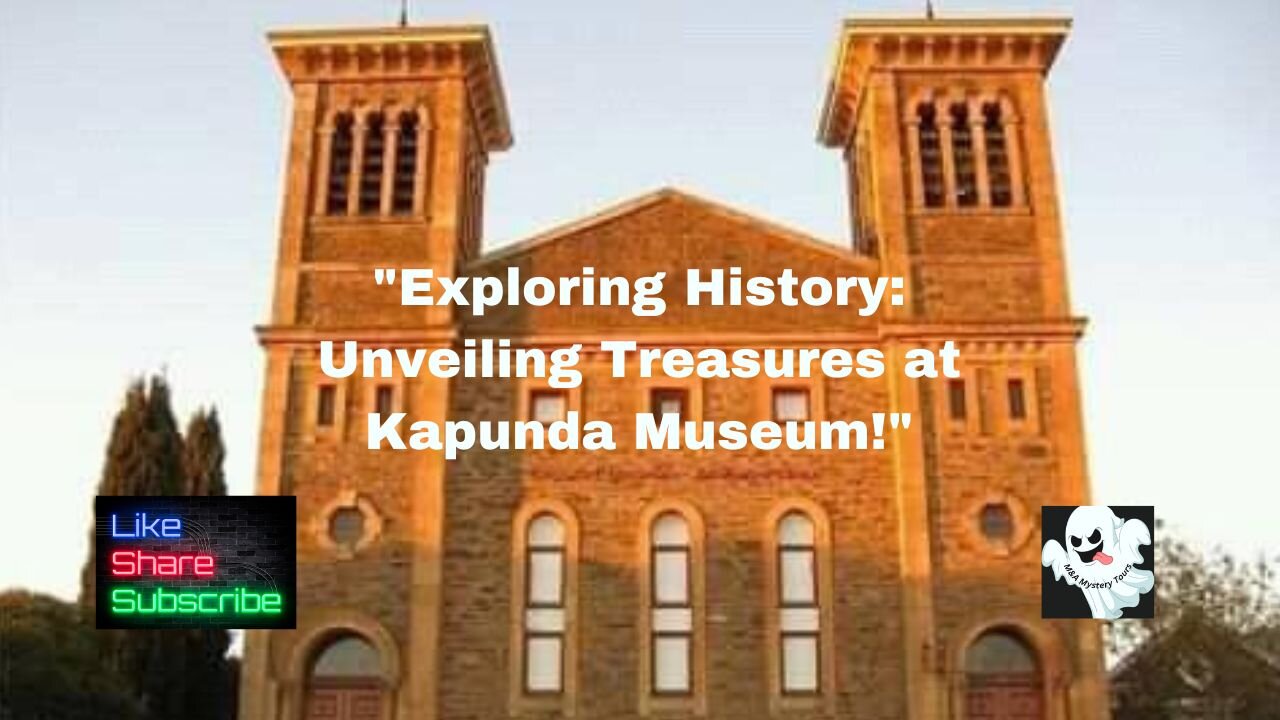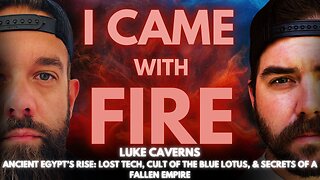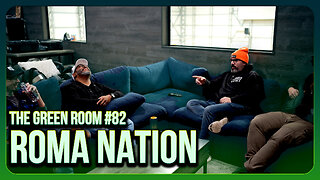Premium Only Content

"Exploring History: Unveiling Treasures at Kapunda Museum!"
The Kapunda Museum recognised as one of the finest folk museums in Australia was built in 1866. The museum contains a huge collection covering every facet of Kapunda’s history and there is an extensive display of agricultural machinery and historic vehicles.
The Hawke Gallery features engineering and foundry products from the industries 123 year history and commemorates the company founded in 1857 by former smuggler, Henry Binney Hawke. A massive Hawke cross-compound steam engine can be seen.
Bagot’s Fortune is an interpretative display covering all aspects of the early mining and pioneer lifestyle of the miners. Under the management of Captain Charles Hervey Bagot, the Kapunda Mine was developed from the wilderness to produce the richest and purest copper ore the world had seen.
The name Kapunda is thought to be derived from "Cappie Oonda", an Aboriginal term meaning "jumping water", possibly due to the number of natural springs in the area.
In 1842 while Charles Harvey Baggot and the Dutton family were using horses to herd sheep, they noticed numerous greenish grey stones on their property. Assays performed in England showed an unusually high copper content.
The Colony at this time was challenged financially, so the discovery of large, high quality copper ore deposits, and a further discovery of copper at Burra a few years later in 1845 leading to the mining boom and Cornish immigration, was most welcome.
Sir Sidney Kidman located his headquarters and horse sales in Kapunda in 1870. He lived in his house called Eringa. The town prospered, and when the mining boom slowed down it was replaced by agriculture and grazing.
The Kapunda museum at 11 Hill Street is sited in the once Baptist Church built in 1866. It has a comprehensive display of mining and agricultural equipment. The Hawke gallery exhibits the equipment manufactured by his engineering firm in 1857. There are numerous other displays reflecting the town's past, such as clothing, household items, and motor vehicles (ambulance and fire engine), and an early steam engine.
The origin of the museum dates to 1948, when the Education Department bought the church to convert it into an adult educational centre. Three years later the project was abandoned, and the Council bought the church building to save it from demolition. It was converted it into a museum. The museum has two floors and covers an area of 10,000 square feet. It is staffed by volunteers, opens daily, and portrays the social and commercial history of Kapunda. It is without doubt the best community museum in South Australia.
The heritage items of medical interest are stored in the lower level of the museum and show nursing, medical, and surgical items from the 19th and early 20th centuries.
kapunda, copper, mining, history, museum, Antiques
-
 1:21:05
1:21:05
Michael Franzese
3 hours agoDemocrats MELTDOWN Over DOGE—Plus More on JFK’s Assassination | LIVE
15.4K43 -
 38:28
38:28
Athlete & Artist Show
4 hours ago $3.13 earnedNHL 4 Nations Face Off High Stakes Betting
39.6K5 -
 1:55:41
1:55:41
I_Came_With_Fire_Podcast
11 hours agoAncient Egypt's Rise: Lost Tech, Cult of the Blue Lotus, & Secrets of a Fallen Empire
44.1K13 -
 49:24
49:24
Tactical Advisor
4 hours agoNew Holster & Home Defense Shotgun | Vault Room Live Stream 016
36.5K2 -
 LIVE
LIVE
Major League Fishing
3 days agoLIVE! - Bass Pro Tour: Stage 2 - Day 3
645 watching -
 4:44:39
4:44:39
SoundBoardLord
7 hours ago90's Cartoons, Chill Vibes, Good Conversations - SATURDAY MORNINGS WITH CASEY
35K3 -
 38:28
38:28
Anthony Pompliano
1 day ago $2.98 earnedPomp on BlackRock & Metaplanet Buying Bitcoin
45.4K -
 36:01
36:01
TimcastIRL
17 hours agoThe Green Room #82 - Timcast Discord & Building Culture in the Digital Space with Roma Nation
73.9K12 -
 1:00:59
1:00:59
IsaacButterfield
19 hours ago $1.53 earnedSHOCKING Nurses Rant About Killing Israelis | Kanye Bombshell | USAID Spending
21.7K22 -
 11:38
11:38
MrBigKid
23 hours ago $0.70 earnedSIG 556 Classic SWAT: The Swiss-Inspired Rifle for 'Merica
20.5K1